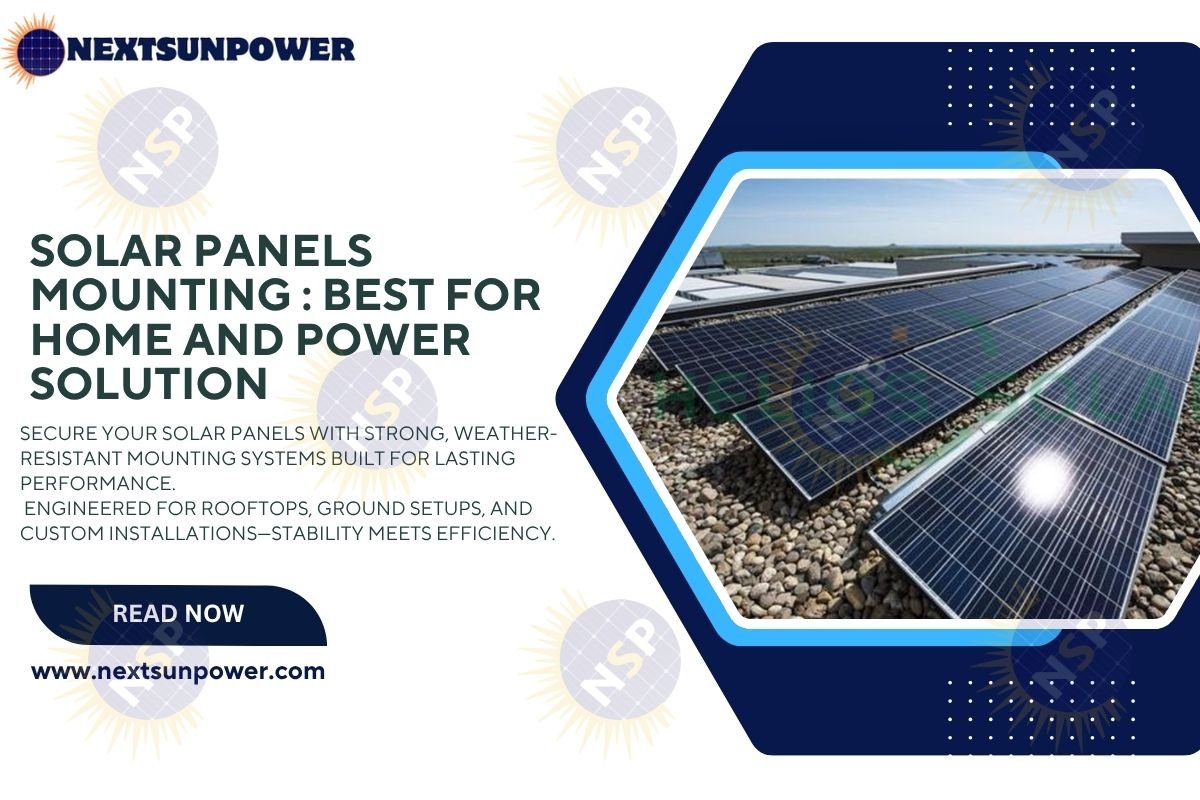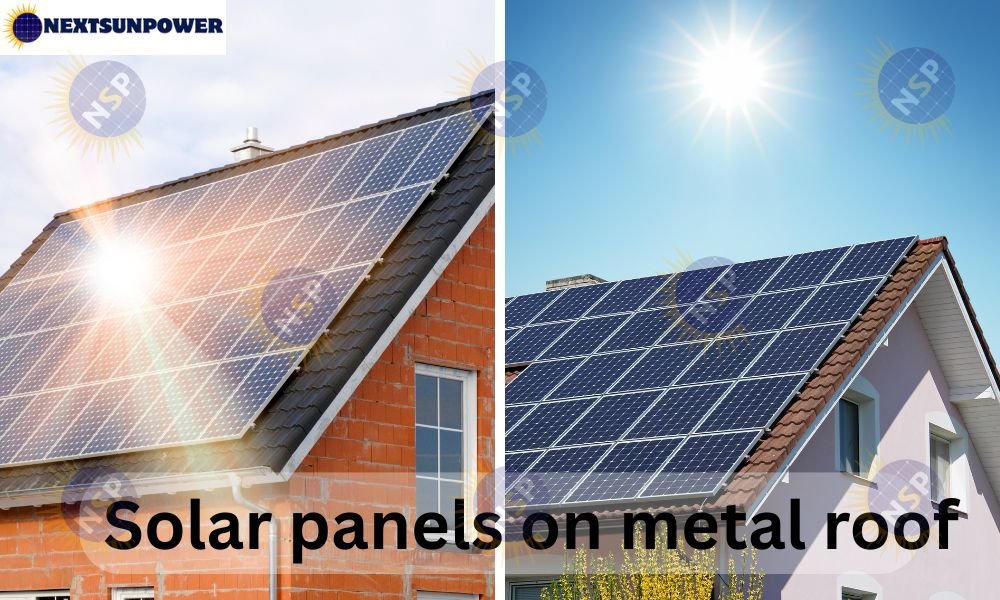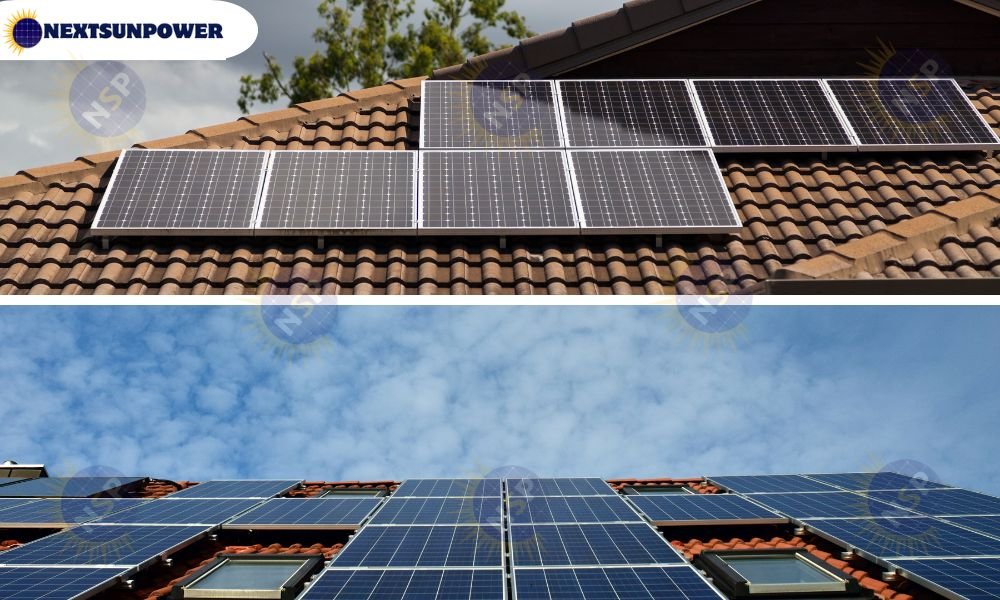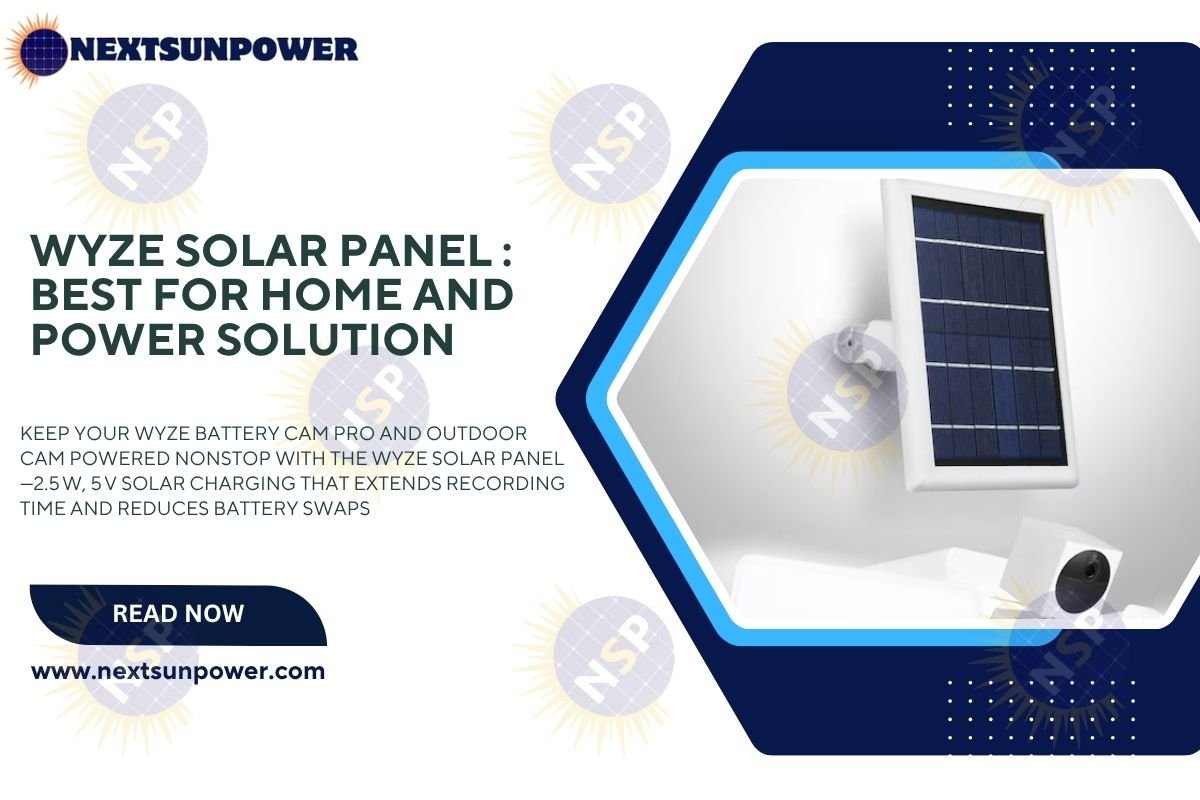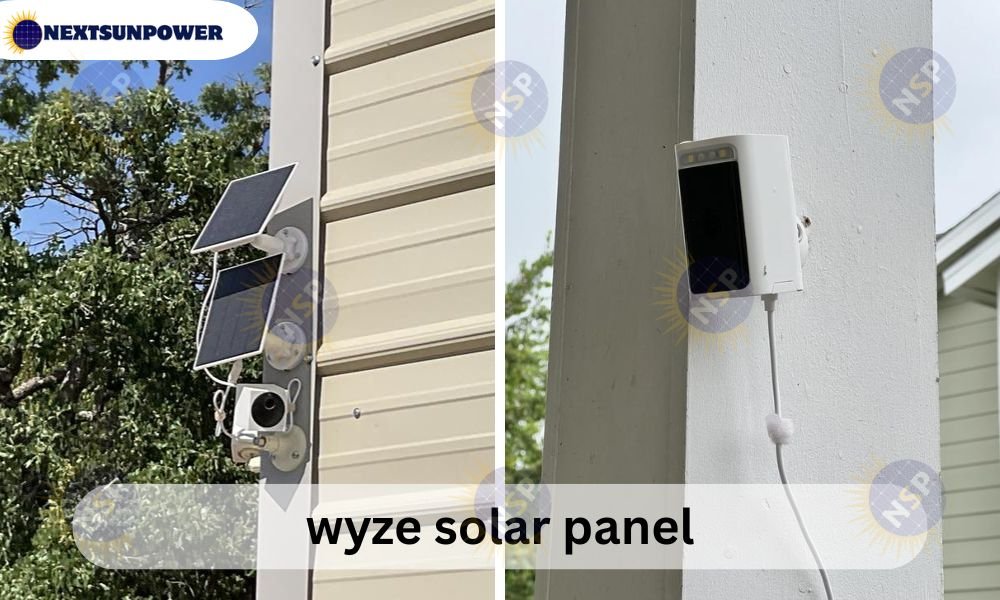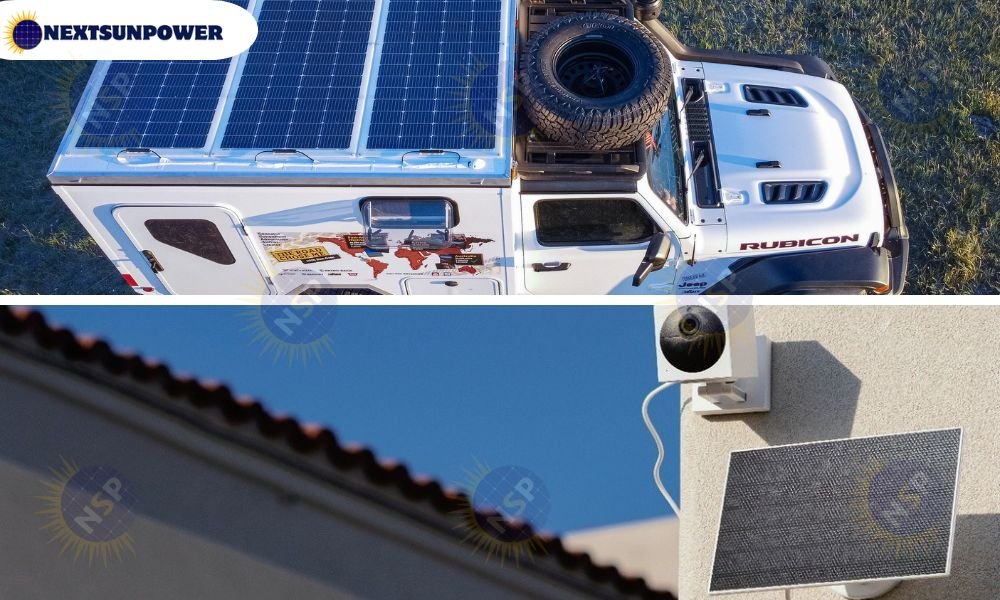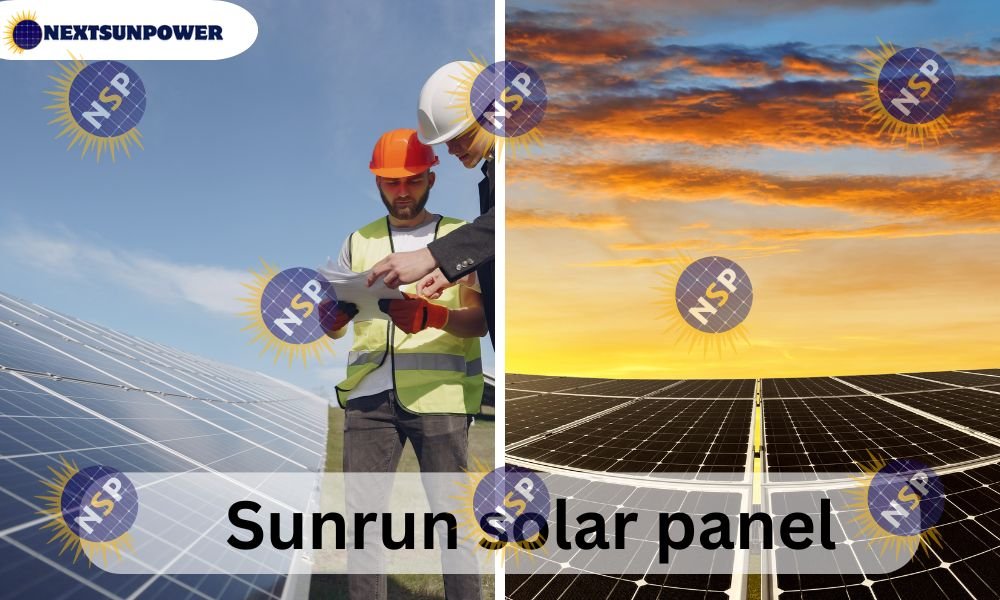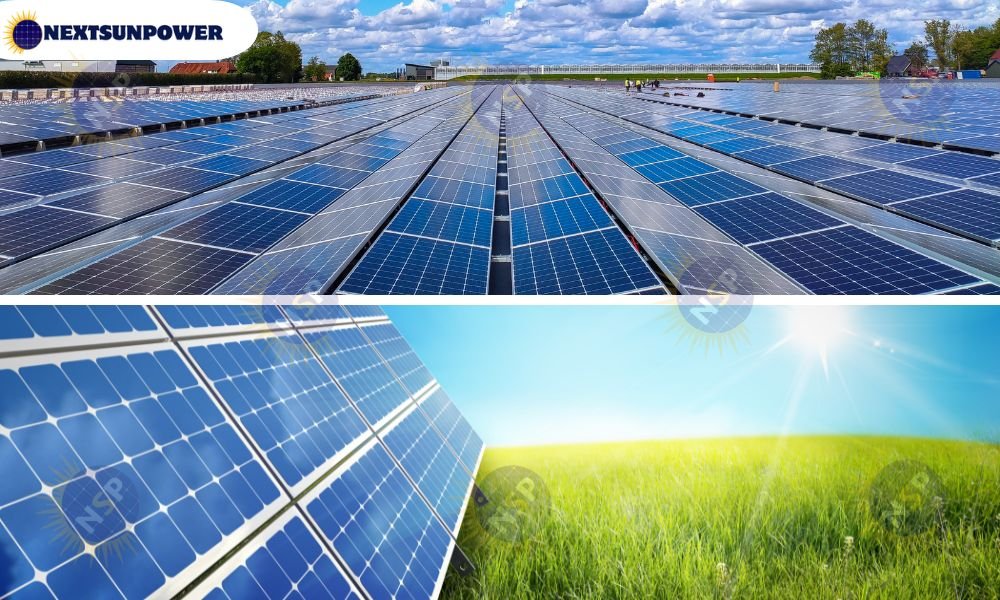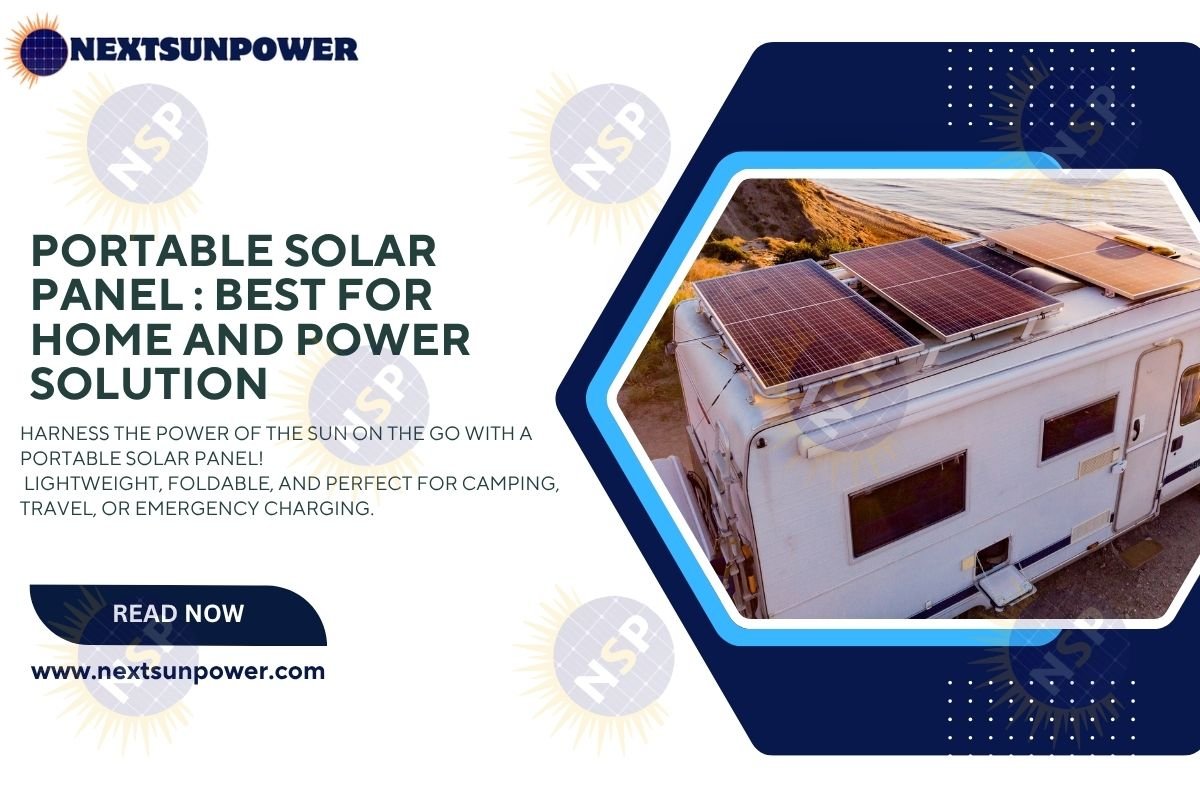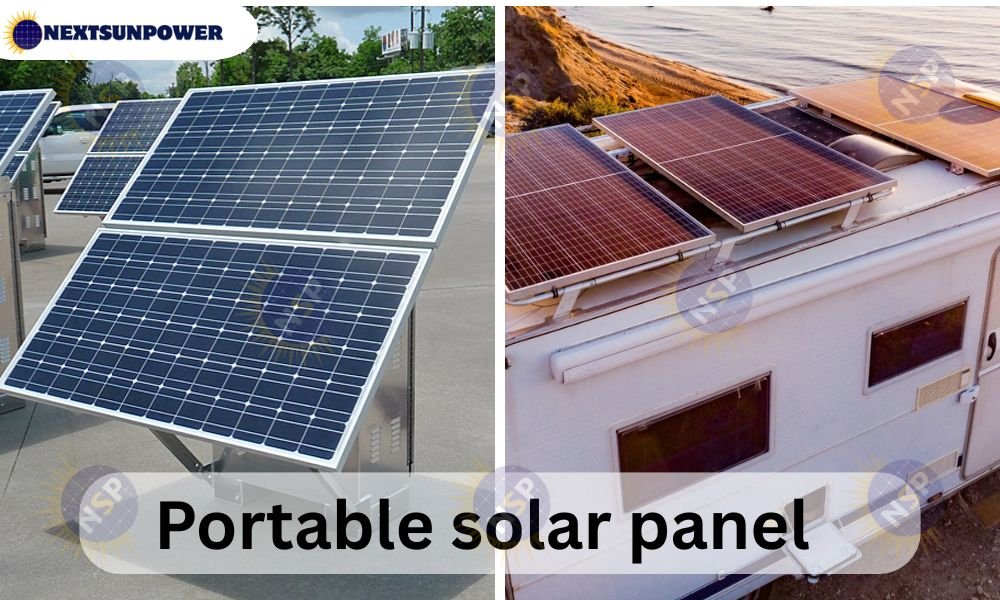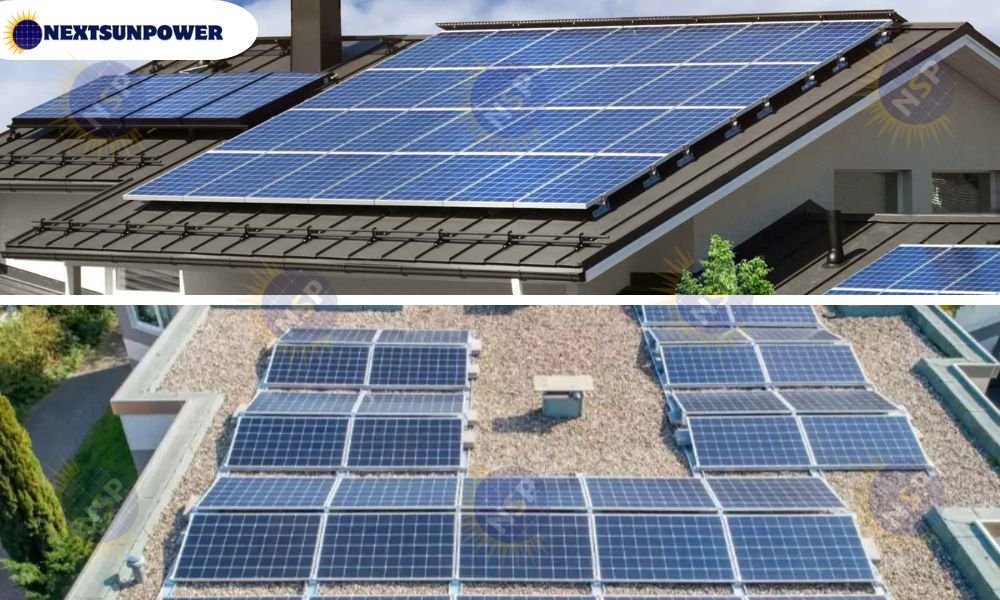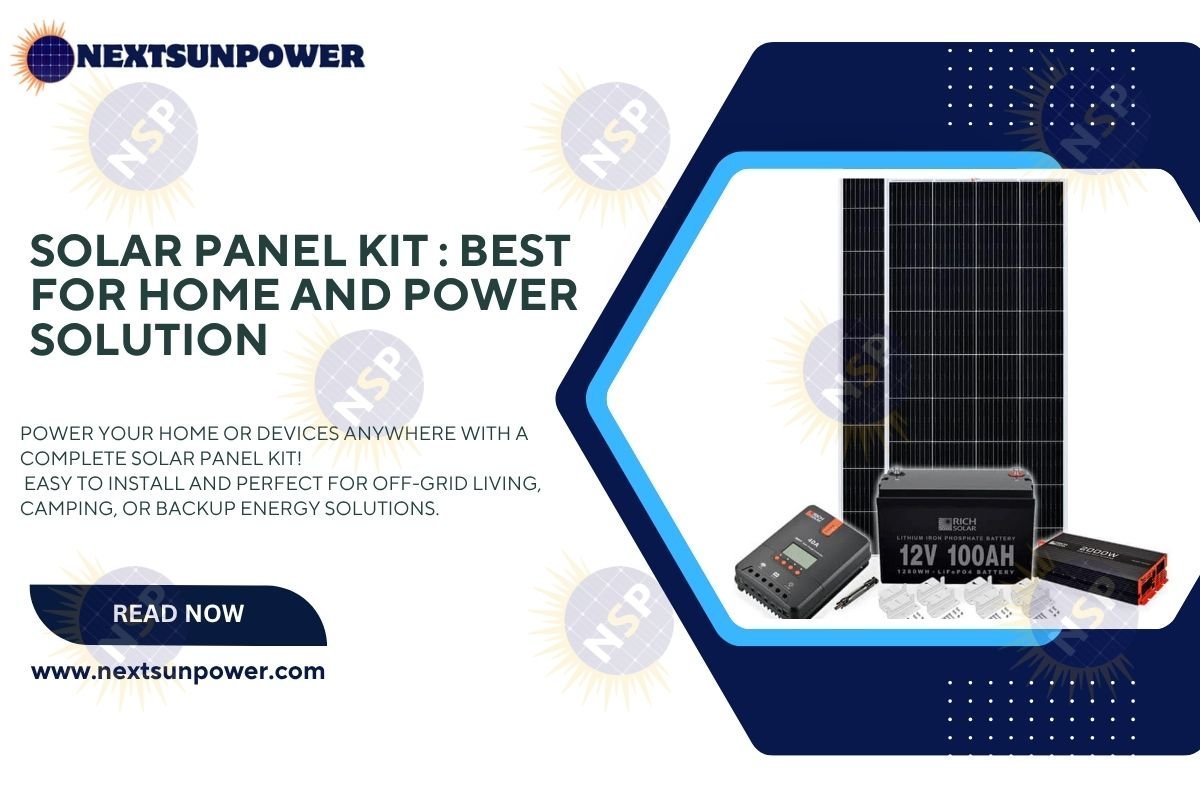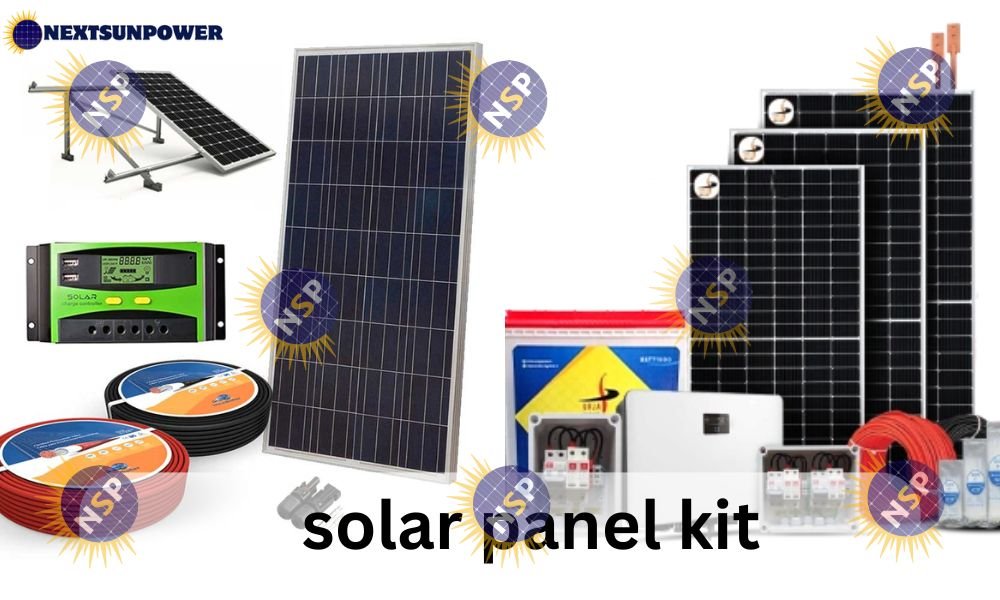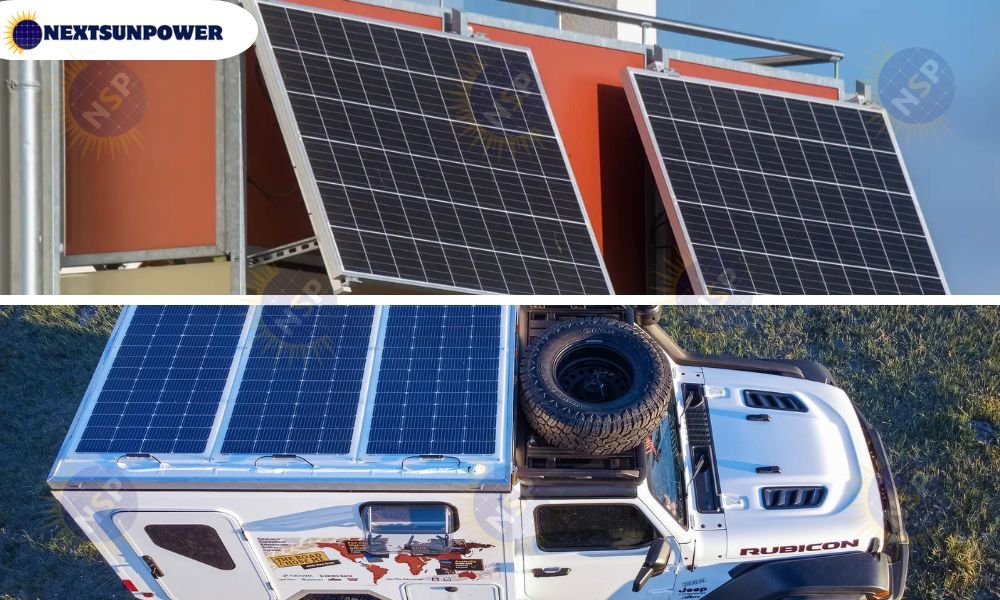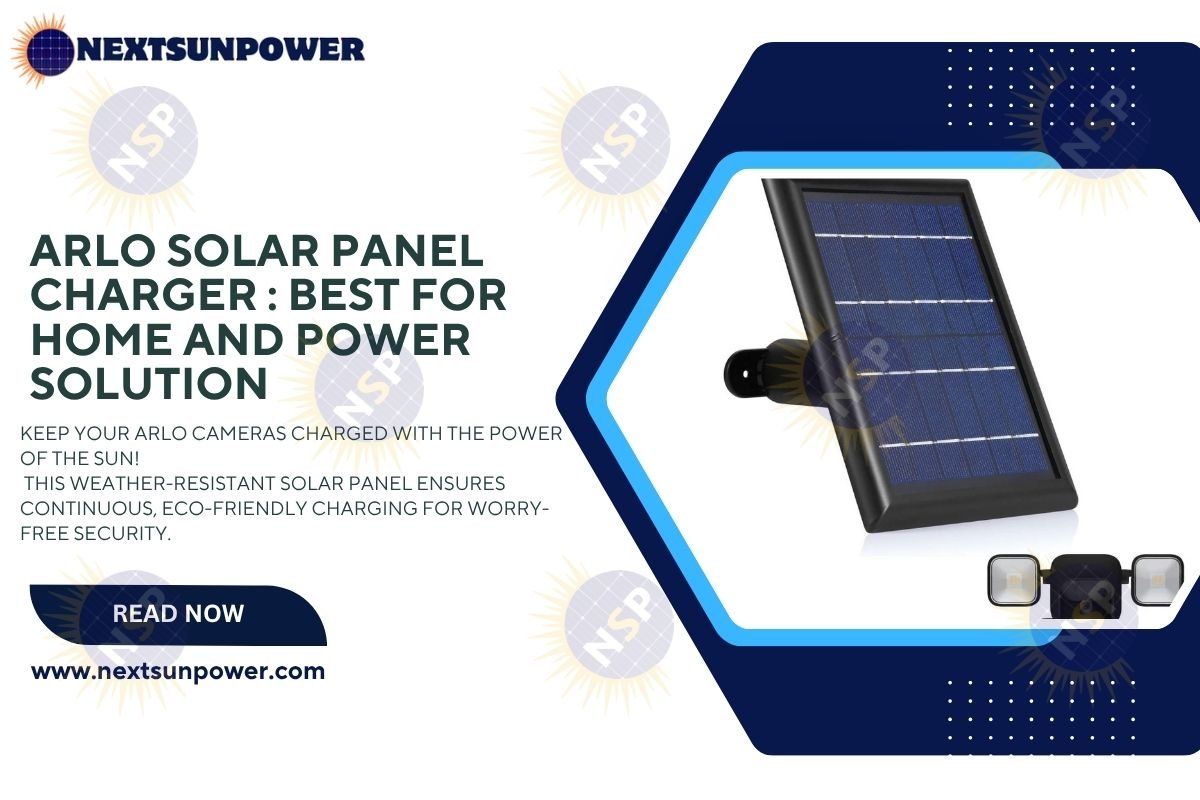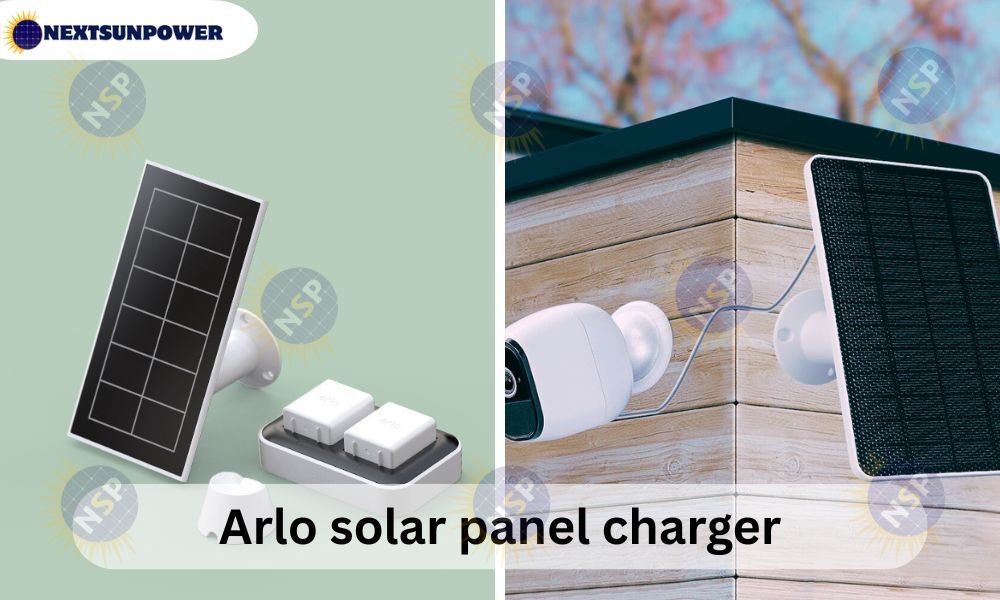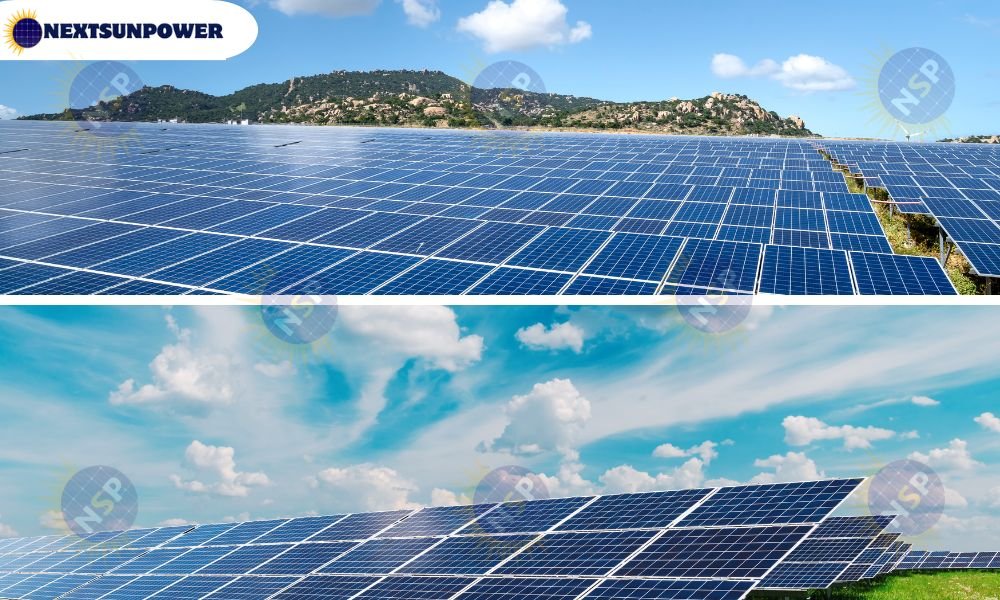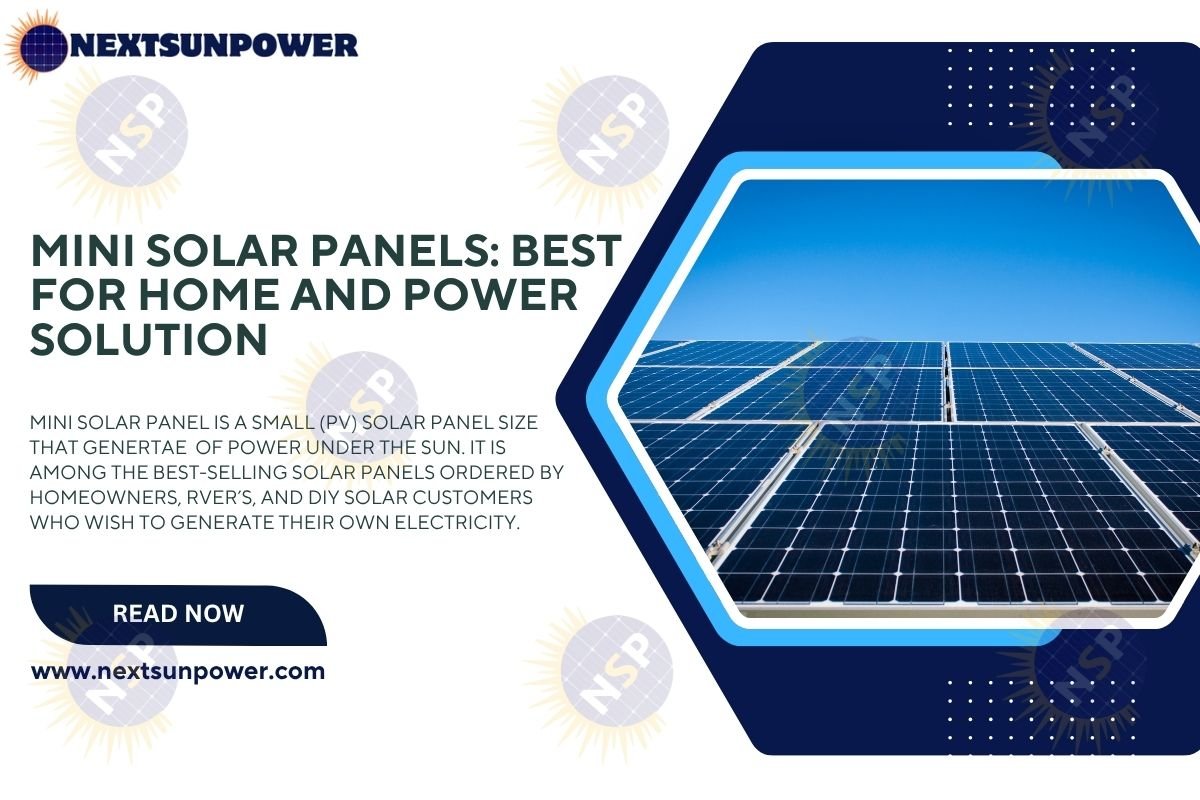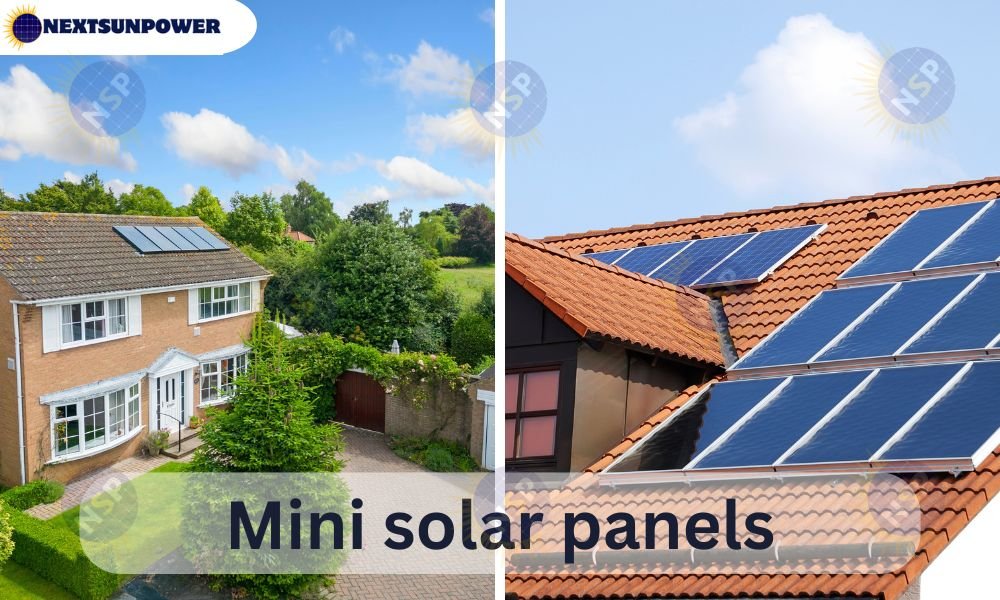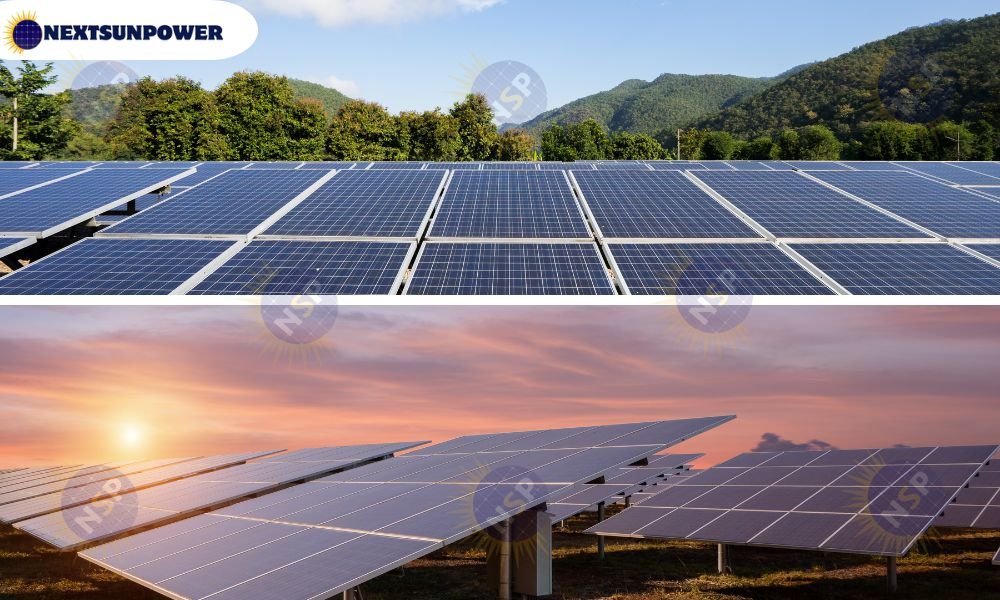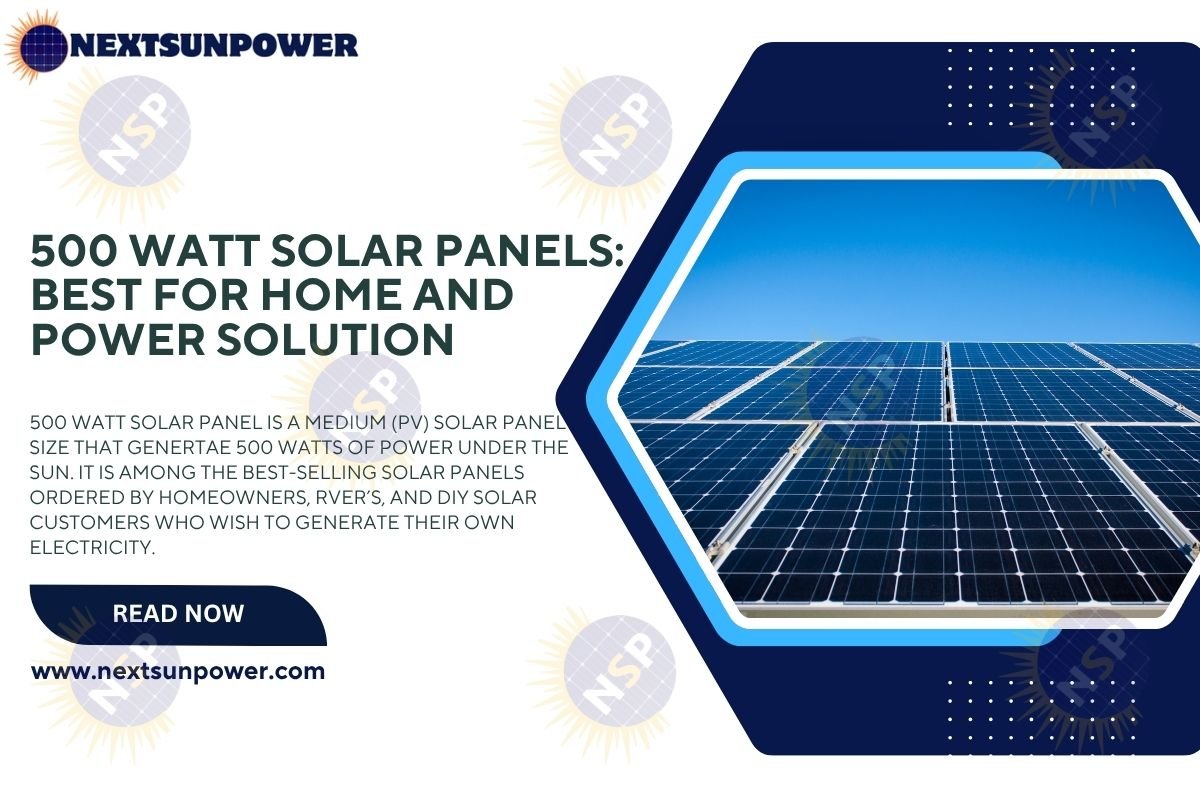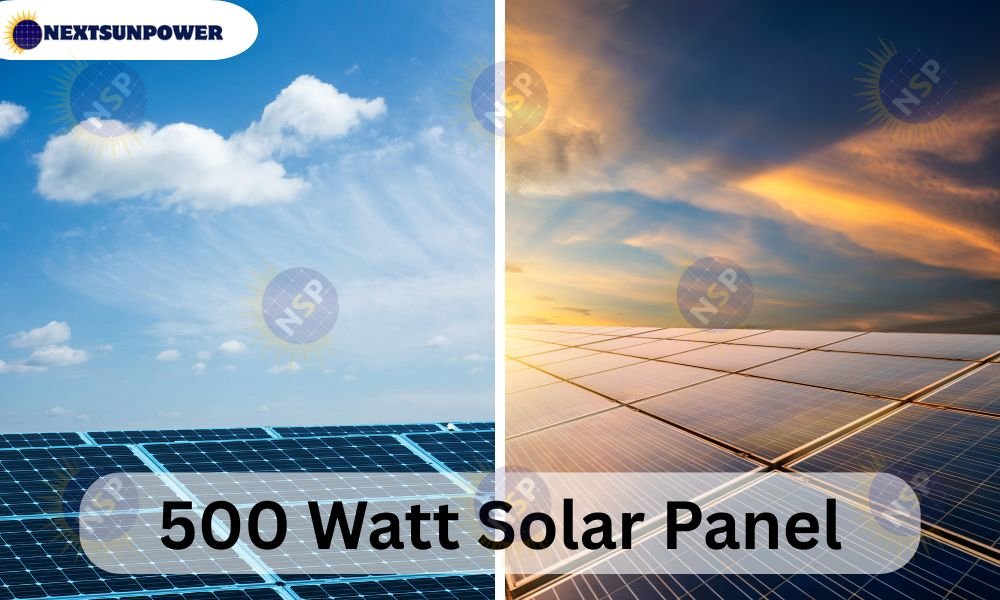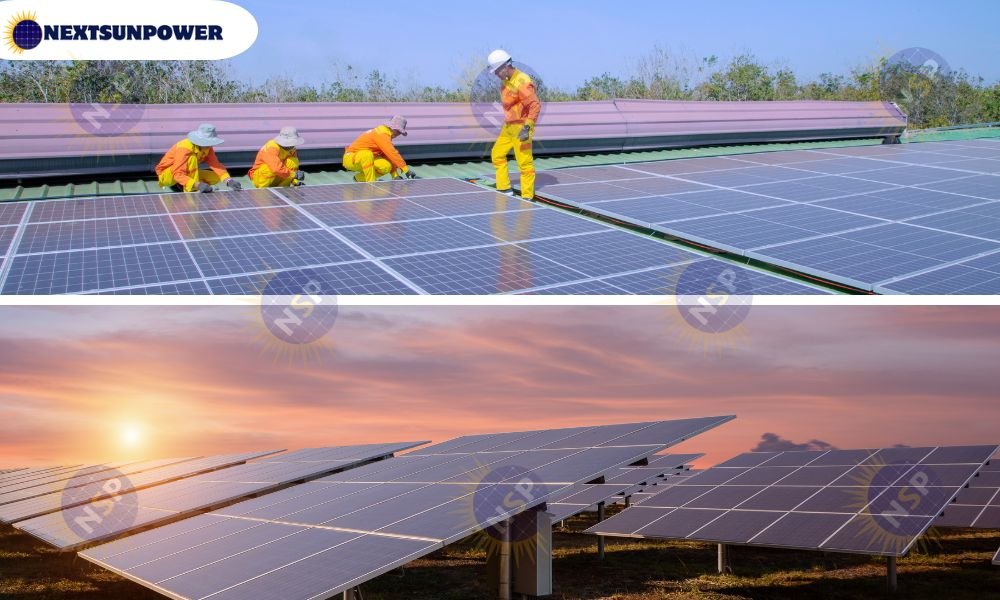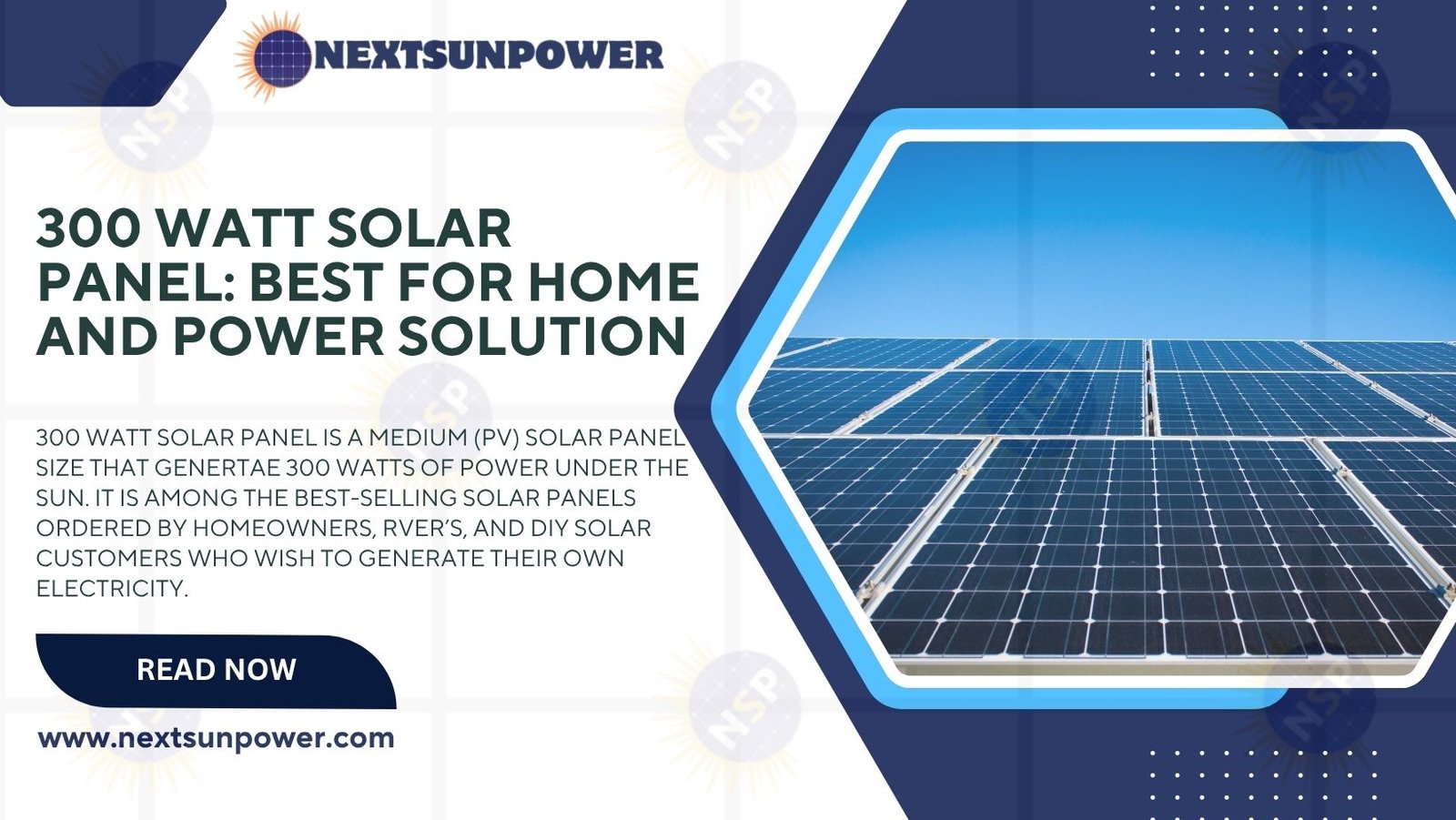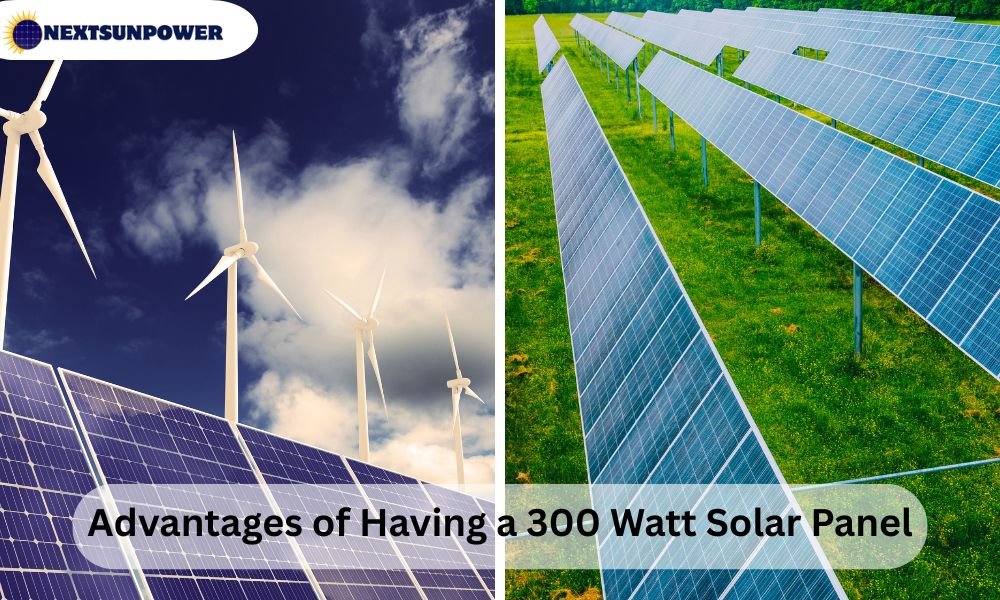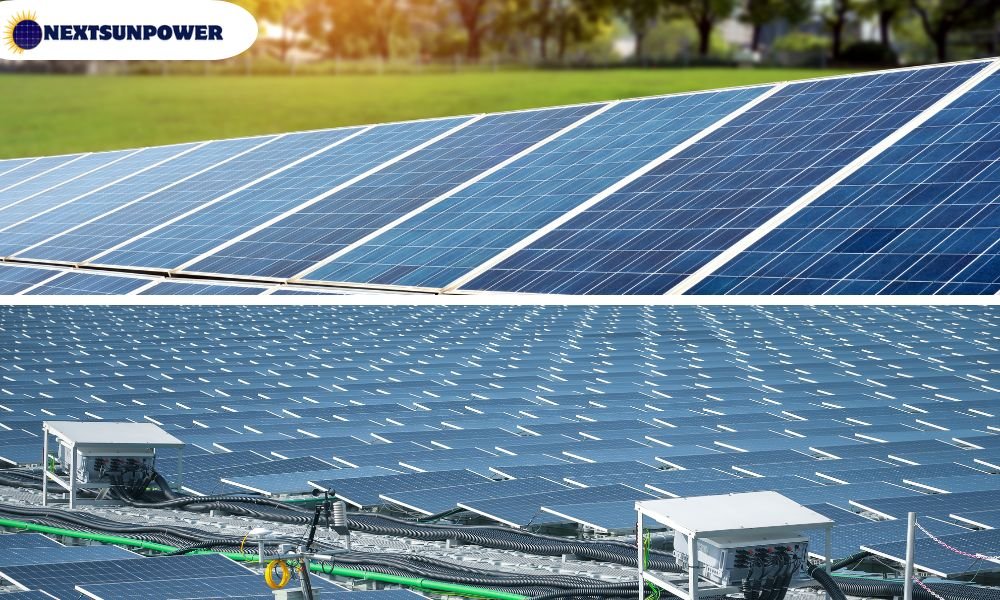Thinking of going solar? That’s great! But here’s something everyone always forgets in the buzz—solar panel mounting. Yes, without a decent mount, your solar panels simply won’t be as effective as they’re supposed to be. Having helped neighbors and family members install their systems, I always advise: “Don’t skip the mount, it’s what keeps it all on the ground—literally!
In this article, we will dissect everything you need to know about solar panel mounting, from materials and types to the benefits of possessing a great solar panel mounting kit. Let’s see that you do not waste a single sun ray.
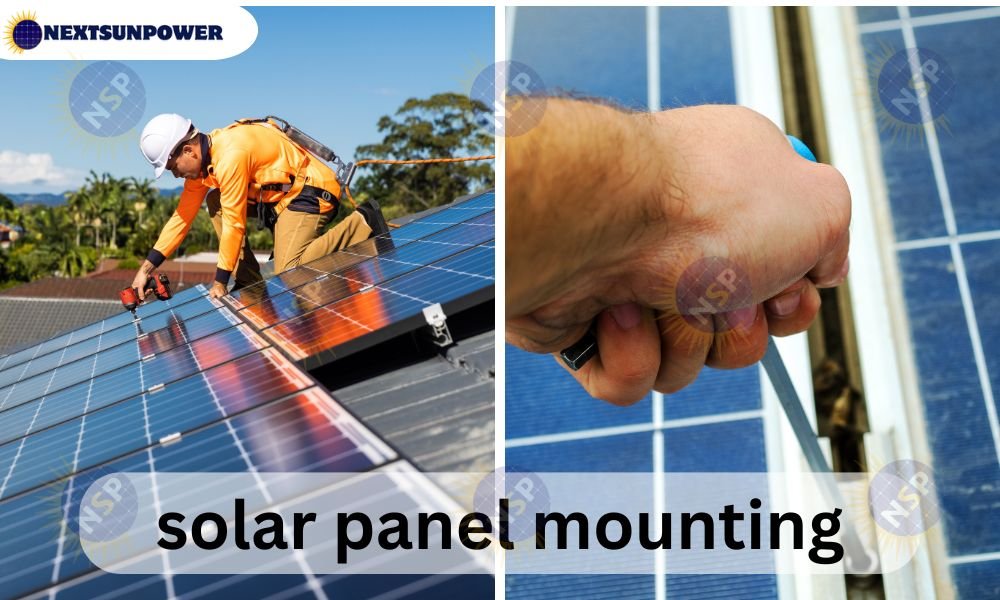
What is Solar Panel Mounting?
Solar panel mounting is the Kit that holds your solar panels in place. Think of it like a picture frame—without it, your panel is just a chunk of equipment hanging around.
They protect your panels safely on roofs, the ground, or even on poles. Support is only the first step; a good mounting system holds panels aimed at the sun properly, increasing how much energy you get.
Why Mounting Systems Matter So Much
Let me tell you—choosing the right solar panel mounting kit is just as important as picking the right panel. Why? Here are a few big reasons:
Safety: Panels are heavy. Without strong solar panel mounting brackets, they can fly off in strong winds.
Efficiency: Panels need to face the sun at the right angle. Mounts make that possible.
Durability: A heavy-duty mount will survive 20+ years, the same as your panels.
I learned the hard way helping my cousin in Texas. He tried to “DIY” his own mount. Let’s just say one windstorm and he was back at square one.
Types of Solar Panel Mounting Systems
Let’s go through the most popular types of mounting systems available:
1. Roof Mounts
This is most common for homes. You’ve probably noticed them in your neighborhood.
Fixed Roof Mounts: They stay pointing in the same direction. They’re inexpensive and are ideal if your roof is already facing the sun.
Adjustable Roof Mounts: You can tilt to suit different seasons. A little more effort, but more energy.
Roof mounts are good choices if you have small yard space or an HOA that is picky.
2. Ground Mounts
Got a big backyard? Then ground mounts might be for you.
Standard Ground Mounts: Panels sit close to the ground in a fixed position.
Pole Mounts: Panels are attached to a pole, often with tracking ability.
My uncle in Arizona used these to build his mini solar farm. He even grows veggies under the tilted panels—double win!
3. Tracking Mounts
These are high-tech and more expensive, but worth it if you’re all-in on efficiency.
Single-axis trackers: Track the sun east to west.
Dual-axis trackers: Follow the sun in every direction.
Best for commercial or high-energy residential users, but maybe too much for hobbyist household users.
What’s in a Solar Panel Mounting Kit?
A solar panel mounting kit generally includes:
- Rails or brackets: To mount panels onto a surface.
- Mounting clamps: To hold the panels in position.
- Flashing: Prevents roof leakage.
- Mechanical fastening Kit
Make sure you are able to choose a Mechanical fastening Kit that fits your roof type—metal, tile, or asphalt—and panels to be installed.
Always make sure you scrutinize the material’s quality. Aluminum is a great choice—it’s rust-proof and lightweight.
Best Materials for Solar Panel Mounting
When it comes to strength and durability, not all materials are equal. Here’s what to look for:
Aluminum: Lightweight, rust-proof, and long-lasting. Ideal for rooftops.
Steel: Larger but more durable. Ideal for ground mounts.
Plastic or composite: Avoid unless it’s a small temporary setup.
And make sure your solar panel mounting brackets are UV-stable and weather-tested. You don’t want to be up on the roof replacing them every year.
Installation Tips: What You Need to Know
Whether you have a professional install it or do it yourself, here are some tips I’ve learned over the years:
Check the Load Bearing
Roofs have weight limits. Make sure yours can hold the panels and mounting assembly.
Anchoring Properly
All solar panel mounting kits will come with anchor instructions. Don’t skip this step—safe anchoring prevents wind damage.
Ventilation
Panels need air space below to stay cool. Hot panels = reduced electricity.
Adhere to Local Codes
You may be required to obtain permits and inspections. Some areas also have incentives, if your mount is completed to code.
Choosing the Right Solar Panel Mounting Kit
Here are a few quick tips to make sure you make the correct choice:
Match the Kit to Your Setting: Blowy location? Pick super-strong brackets.
Double-check the Panel Size Compatibility: Brackets won’t fit all panels.
Look for Warranties: Quality kits typically come with a 10- to 25-year guarantee.
Online testimonials are helpful too—just make sure they’re from authenticated buyers. Something I always tell friends: “If it sounds too good to be true, it likely is.”
Maintenance: Keep Your Mounting System Strong
Gladly, solar panel mounting does not require much maintenance. But the occasional inspection once a year can make a big difference:
Inspect for rust or corrosion
- Check all bolts and brackets
- Inspect for any panel movement after storms
Environmental Impact of Mounting Systems
One of the aspects I love about solar power is how green it is. And yes, even your solar panel mounting kit comes into the calculation here.
- Choose recyclable products such as aluminum.
- Utilize materials that last so that waste can be kept to a minimum.
- Seek out carbon-neutral production—find the label!
It’s about making money-savin’ choices that save the planet, too!
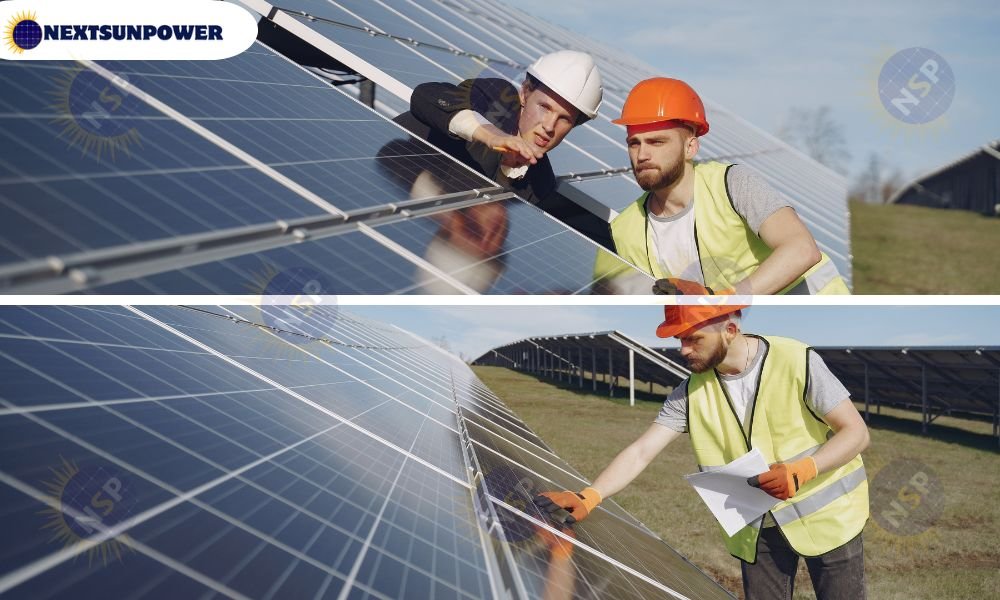
FAQs About Solar Panel Mounting
Q1: Can I install a solar panel mounting system myself?
Yes, if you’re handy with tools and safety procedures. Homeowners install solar panel mounting kit themselves oftentimes, but check structural integrity and codes locally.
Q2: Does the mounting system affect the level of solar power I get?
Yes, it usually does. The mounting system determines your panel angle and position, which will raise or lower your solar power output.
Q3: What are the toughest materials for solar panel mounts?
Stainless steel and aluminum are great choices. They’re rust-proof, weather-resistant, and can function effectively for decades with little upkeep.
Q4: How many years will a mounting system last?
With proper maintenance, your solar panel mounting system will last 25–30 years, the same as your panels.
Q5: Must I buy the brackets separately from the kit?
Not normally. A good solar panel mounting kit will come with all the solar panel mounting brackets and hardware you need. But always double-check the product information before purchase.
Conclusion
Investing in a solid solar panel mounting system may not feel exciting, but trust me—it’s one of the smartest solar decisions you’ll make. It keeps your system safe, efficient, and built to last.
“You wouldn’t buy an expensive TV and hang it on duct tape, right? Your solar panels are worth better too.”
So do it slowly, select the right solar panel mounting kit, and benefit from the long-term cost savings and satisfaction that come with a good job.
Meta Description:
Learn everything about solar panel mounting, including the top solar panel mounting kit and solar panel mounting brackets.
